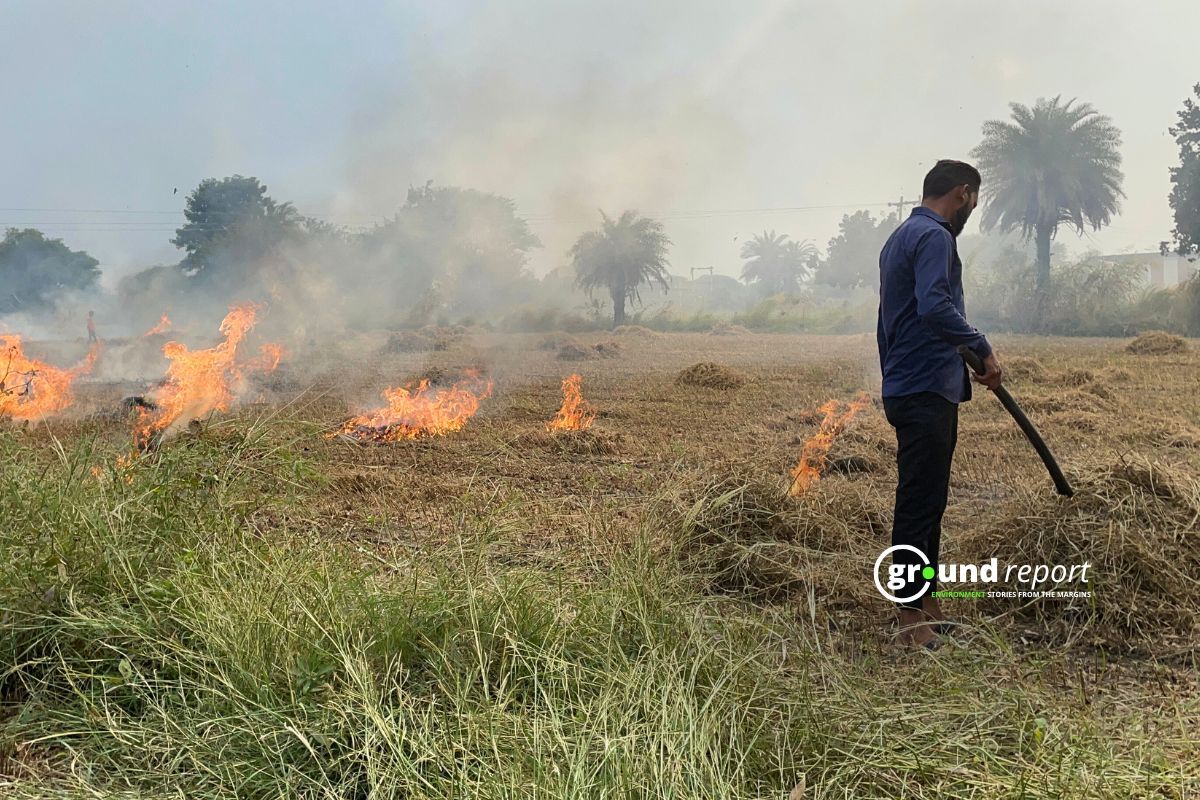Due to the climate crisis, temperatures are rising globally, posing challenges for both humans and bumblebees who are finding it difficult to adapt to increasingly warmer habitats.
In a recent article published in Frontiers in Bee Science, researchers point to escalating temperatures as a potential factor behind the global decline in bumblebee populations. This heat rise is jeopardizing bumblebees’ capacity to build suitable nests conducive to the healthy development of larvae.
Bumblebee decline may stem from nest overheating
“The decline in populations and ranges of several species of bumblebees may be explained by issues of overheating of the nests and the brood,” stated Dr. Peter Kevan, lead author of the article and affiliated with the University of Guelph, Canada.
“The constraints on the survival of the bumblebee brood indicate that heat is likely a major factor, with heating of the nest above about 35 degrees Celsius being lethal, despite the remarkable capacity of bumblebees to thermoregulate.”
Across diverse environments worldwide, numerous bumblebee species are experiencing declines attributed to climate change. Pinpointing a singular causative factor has been challenging.
Nevertheless, through literature review, Kevan and colleagues unearthed a crucial commonality among these species, irrespective of their geographic distribution: the optimal nest temperature ranges from 28 to 32 degrees Celsius.
“We can assume that the similarity reflects the evolutionary relatedness of the various species,” said Kevan.
Bumblebees face trouble adapting to heat
“Excessively high temperatures are more harmful to most animals and plants than cool temperatures. When conditions are cool, organisms that do not metabolically regulate their body temperatures simply slow down, but when temperatures get too high metabolic processes start to break down and cease,” said Kevan. “Death ensues quickly.”
After analyzing 180 years of literature, Kevan and colleagues discovered that bumblebees exhibit survival capabilities at temperatures up to 36 degrees Celsius, with optimal development occurring around 30–32 degrees Celsius—though variations may exist among species and biogeographical conditions. Despite possessing behavioural adaptations for thermoregulation, these may prove insufficient in the face of climate change.
Furthermore, the bumblebee colony functions as a “superorganism,” where reproductive success hinges on the collective survival and reproduction of the colony rather than individual bees. While certain bumblebees may better tolerate heat compared to others, if the nest becomes too hot to rear healthy larvae, the entire colony suffers, regardless of individual adaptations.
On a wing and a prayer
Operating on hope and necessity, scientists emphasize the critical need for deeper exploration into the understudied realm of bumblebee ecology: nest morphology, material properties, temperature, and thermoregulation.
Dr. Kevan underscores this urgency, stating, “The effect of high nest temperatures has not been studied very much, which is surprising.” He further suggests, “We can surmise that nest temperatures above the mid-30s Celsius would likely be highly detrimental and that above about 35 Celsius death would occur, probably quite quickly.”
Drawing parallels from studies on honeybees, which indicate adverse impacts of elevated nest temperatures on queen bees’ strength, reproductive ability, and the condition of worker bees, researchers hypothesize similar consequences for bumblebees. If higher temperatures indeed result in diminished colony productivity and health, the implications for bumblebee decline due to global warming are dire.
To safeguard the vitality of bumblebee populations, scientists advocate for comprehensive investigations leveraging innovative methodologies. Ground-penetrating radar offers promise for studying ground-nesting species, while flow-through respirometry analysis enables the assessment of stress levels within bee colonies under varying temperature conditions.
Understanding the adaptive strategies of different bumblebee colonies and species to environmental challenges, including variations in their thermal neutral zones, is imperative for devising effective conservation measures.
“We hope that future scientists may take the ideas we present and apply them to their own research on bumblebee health and conversation,” concluded Dr. Kevan.
Keep Reading
Part 1: Cloudburst in Ganderbal’s Padabal village & unfulfilled promises
India braces for intense 2024 monsoon amid recent deadly weather trends
Support us to keep independent environmental journalism alive in India.
Follow Ground Report on X, Instagram and Facebook for environmental and underreported stories from the margins. Give us feedback on our email id greport2018@gmail.com.
Don’t forget to Subscribe to our weekly newsletter, Join our community on WhatsApp, and Follow our YouTube Channel for video stories.








